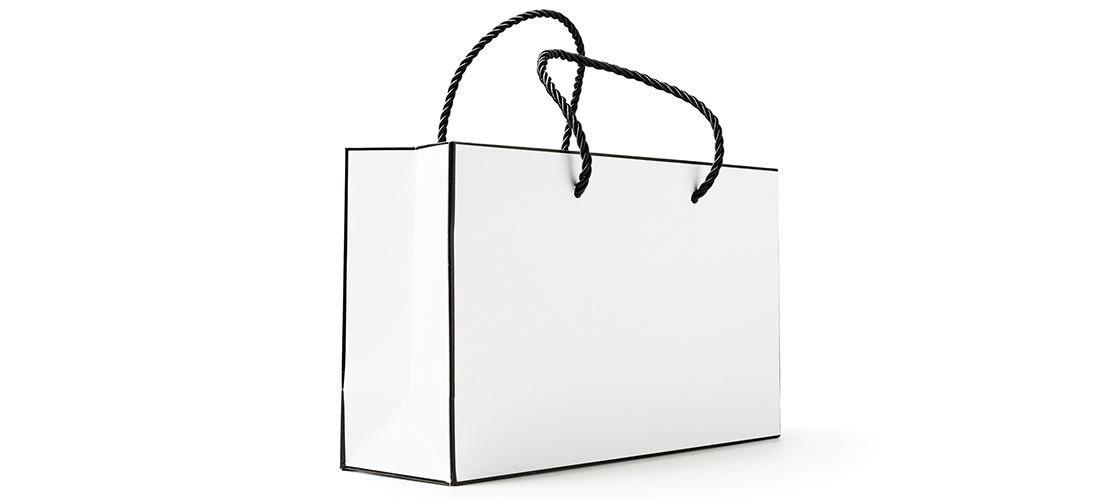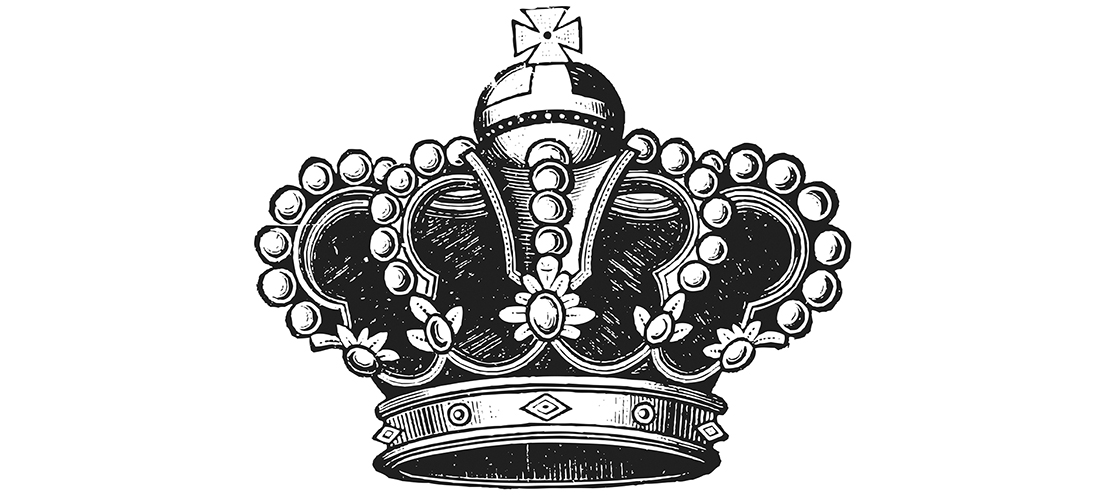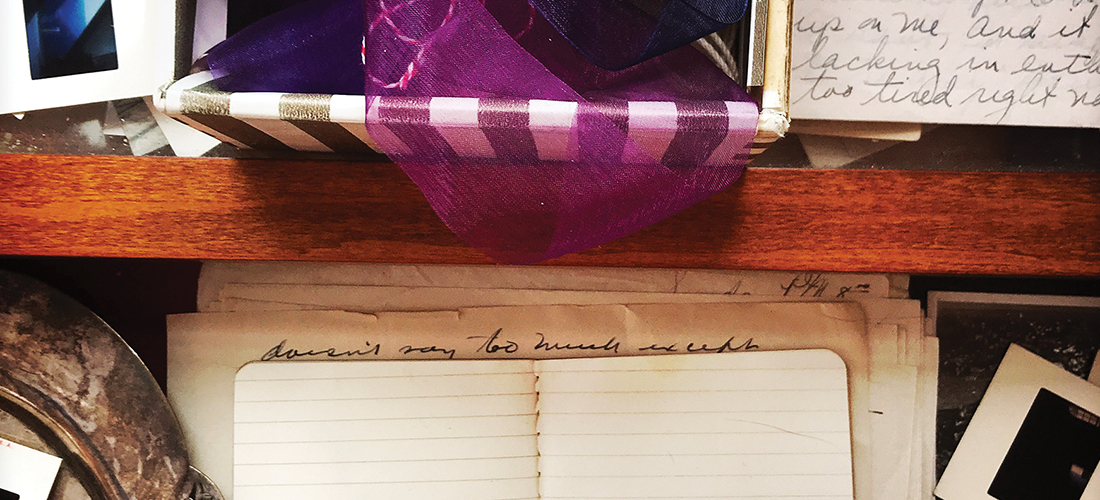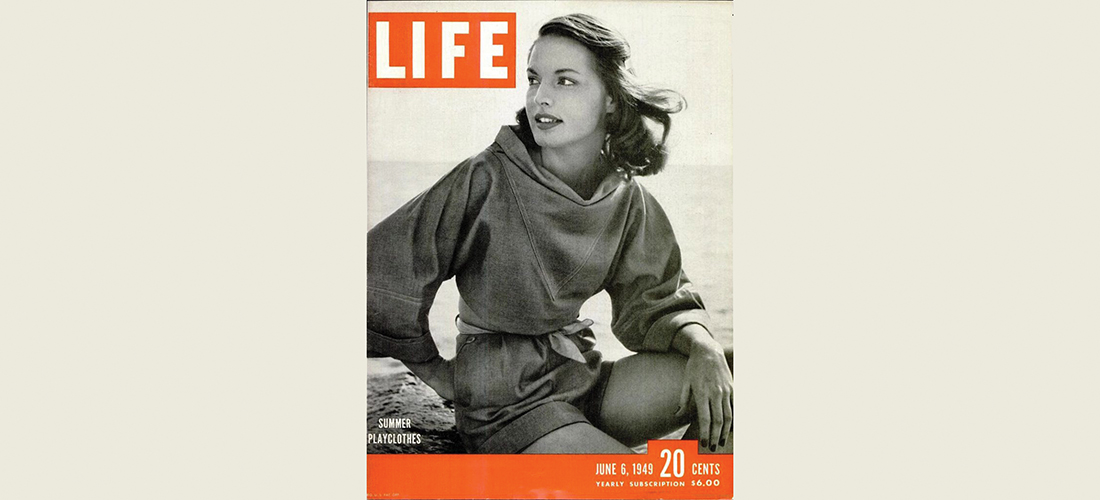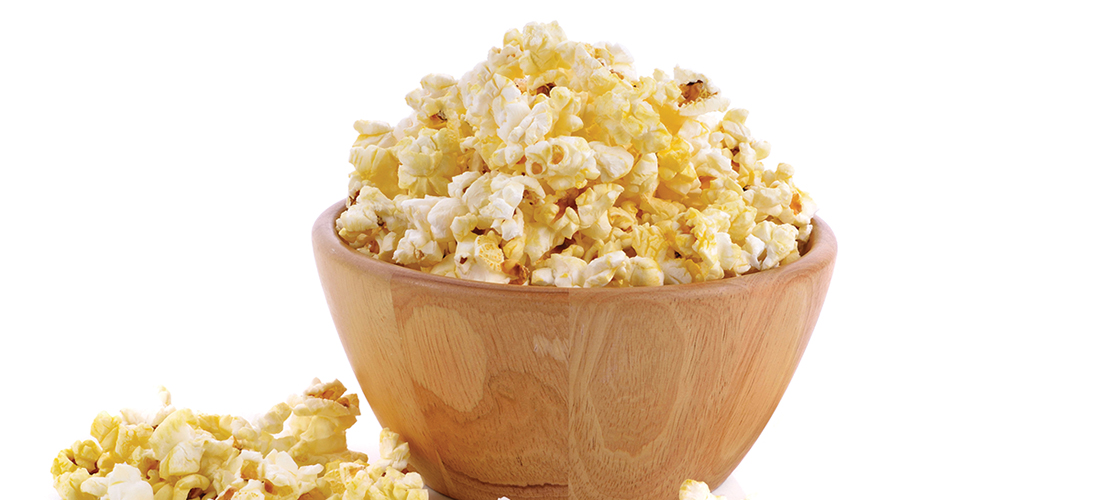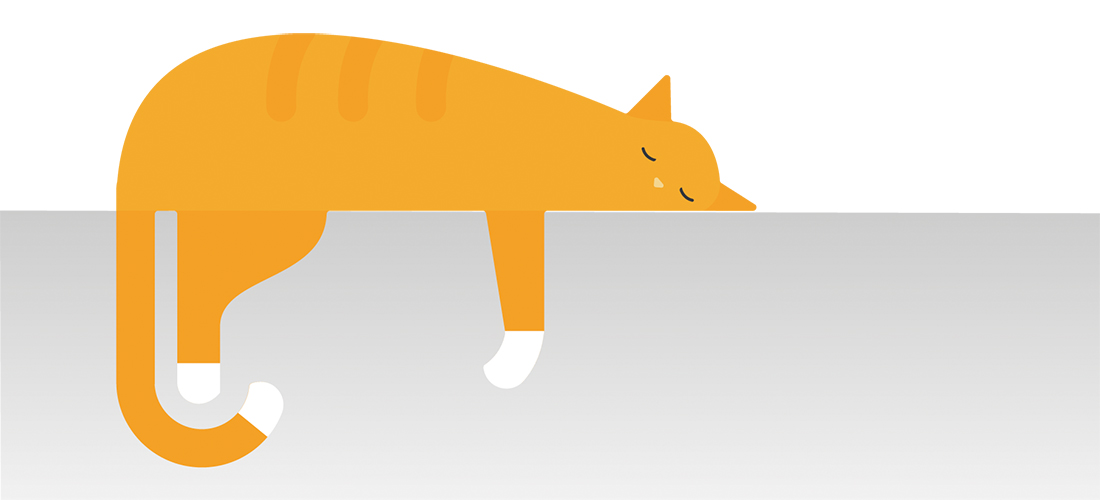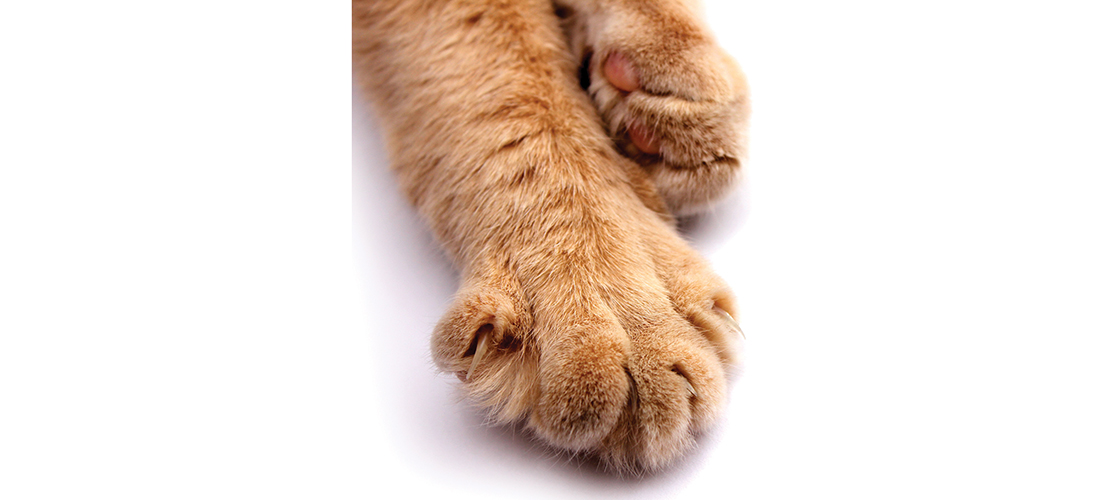Falling for October
And putting the summer behind us
By Deborah Salomon
At last. . . October!
The word, hardly mellifluous. The image, glorious, when oaks and maples flame yellow, orange and red before browning and blowing away. The chill of an October morning washes away the humid, fetid air of summer like a wave upon the Maine seacoast.
I fell in love with October at age 5, maybe 6, when my parents took the train from Manhattan, where we lived, to a dude farm in southern Vermont. Here, post-harvest, the Jones family rented out one-room log cabins to city folk hungry to pet a pig, pick a pumpkin, milk a cow, feed a chicken, skip a stone across the pond and eat at a long communal table in the farmhouse.
Heaven, especially breakfast, served farmer-early: pancakes drenched in local maple syrup, maybe fried apples from trees bordering the meadow.
My parents weren’t big on vacations. This is the only one I remember, ever.
The cabins had neither electricity nor running water. Every morning a metal bucket appeared on the tiny front porch, with a skim of ice around the edges.
Good thing we brought flannel pajamas.
How humans are wired into cycles of the sun and the seasons never fails to amaze. All I know is the images and flavors of this weekend left an imprint, which may explain why, for a lifetime, I have risen before dawn and gloried in October.
For me, the rapture of April and May signal only hay fever . . . and dreaded summer. September . . . unpredictable.
This summer wasn’t too bad, weather-wise, until August’s last gasp of 90-plus degree days. But it was a disturbing summer, almost too disturbing for October to erase. The COVID’s welcome slide became a surge, especially among children. Images of families — hot, hungry, unwashed, desperate — waiting for evacuation from Afghanistan led every newscast. I can’t erase from my memory the infirm grandma being pushed down a dusty road in a wheelbarrow. Leaders proved that common sense is not necessarily taught at Harvard and Yale. Katrina’s cousin Ida struck New Orleans with a vengeance. Providing near-comic relief, the royal family bickered and whined while Ben Affleck, to the paparazzi’s delight, rediscovered J-Lo.
Is that Shakespeare rewriting himself, “This was the summer of our discontent . . . ” from his grave?
Octobers of yore meant watching my son score touchdowns, a pot of homemade veggie-beef soup in the fridge, McIntosh apples and corduroy. As a child I wore corduroy overalls, jackets and hats, as did my children. Their navy blue became faded and soft from many washings.
Whatever happened to corduroy?
Any day now the air will feel scrubbed clean in the low afternoon sun. Temps and humidity down, bugs (except yellow jackets) almost gone. AC off, windows open. True, fall foliage is not a Sandhills’ forte. For that, plan a brewery-crawl in Asheville. But October still imparts not only beauty but relief . . . summer is over, winters here are nothing to dread.
October is the dividing line. I’m oh-so-ready to hop across.
Welcome, October. And thanks. PS
Deborah Salomon is a writer for PineStraw and The Pilot. She may be reached at debsalomon@nc.rr.com.


